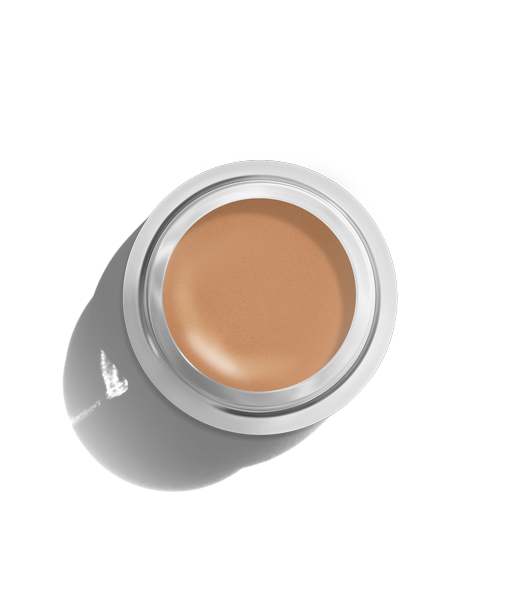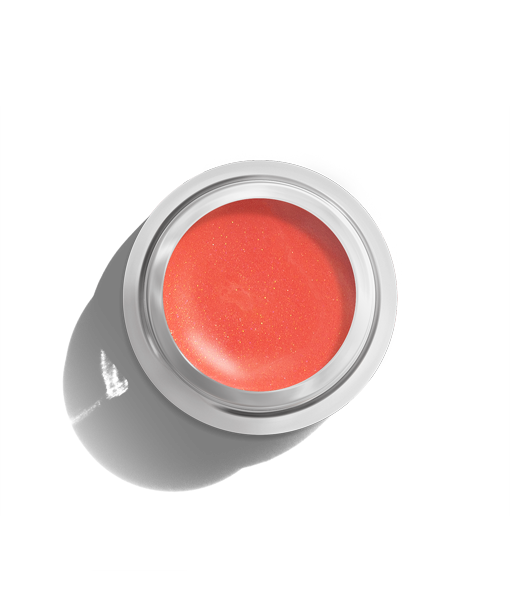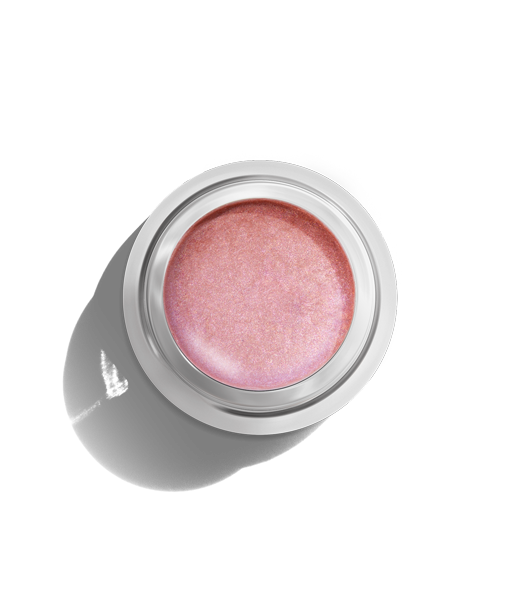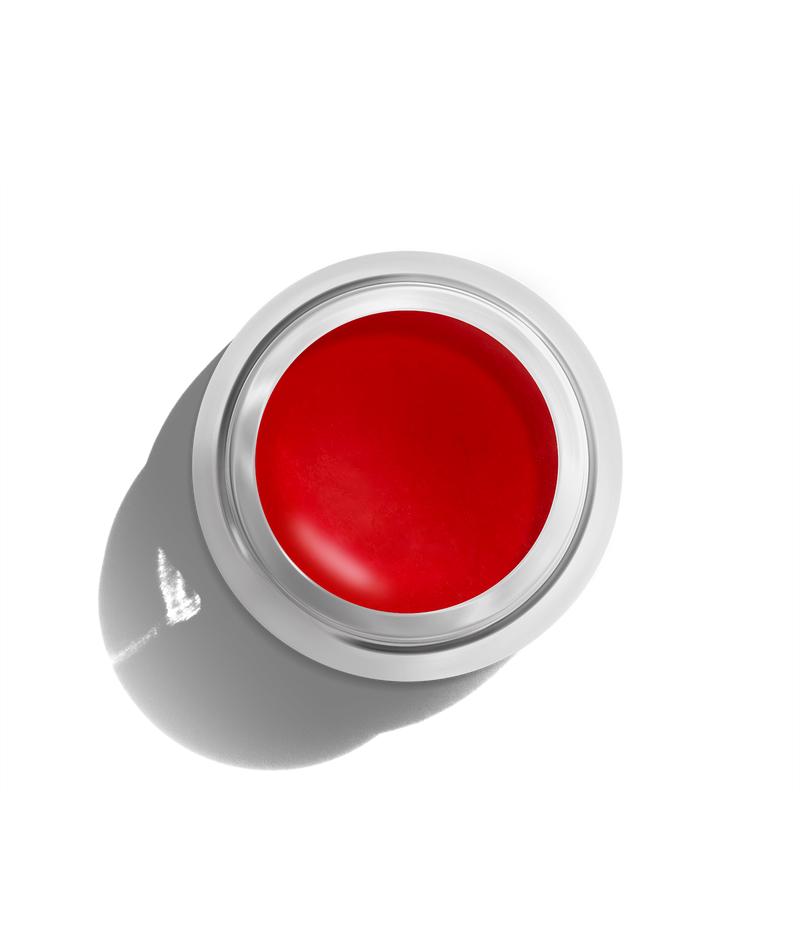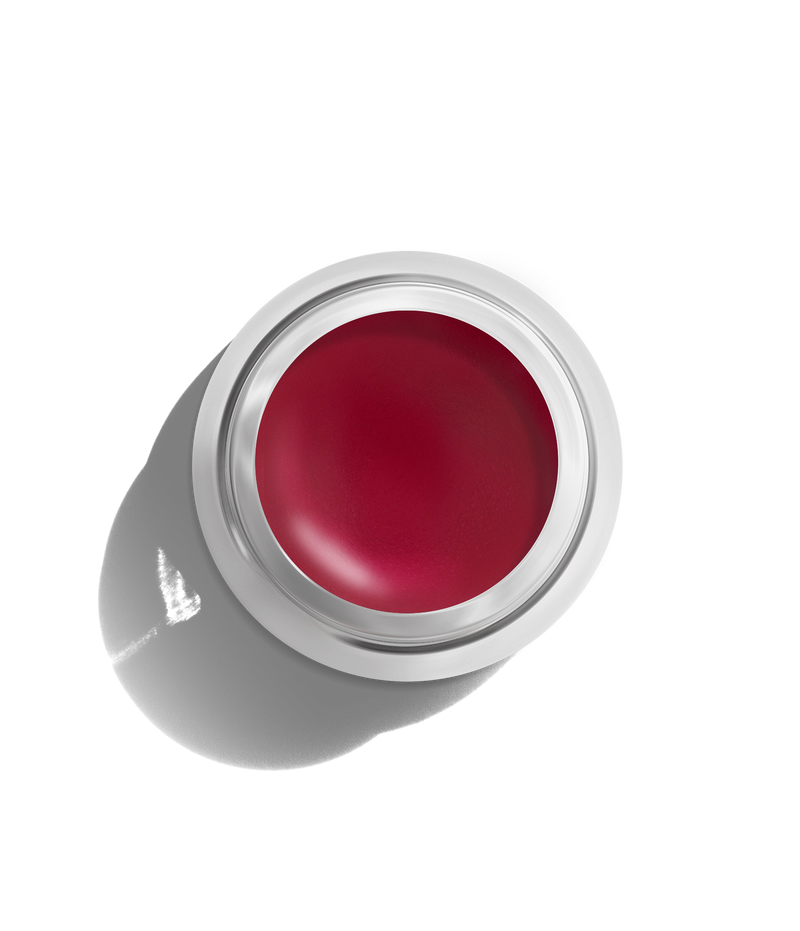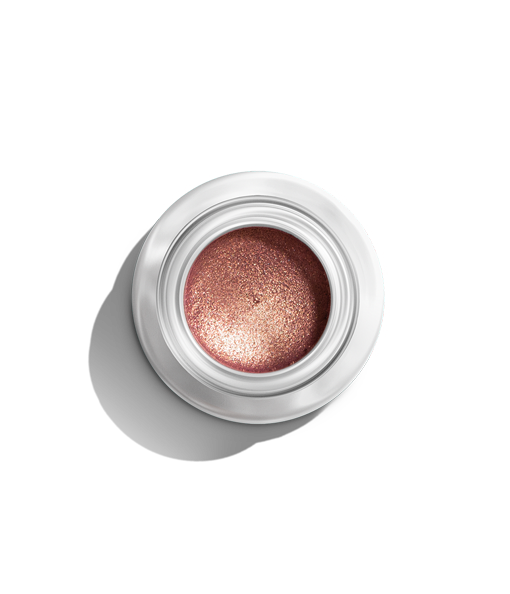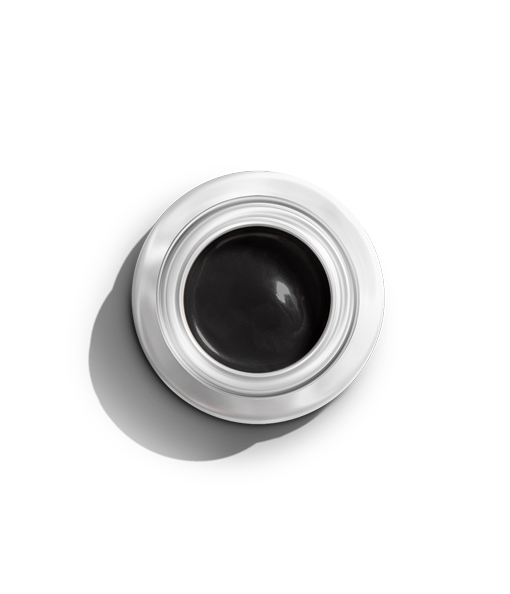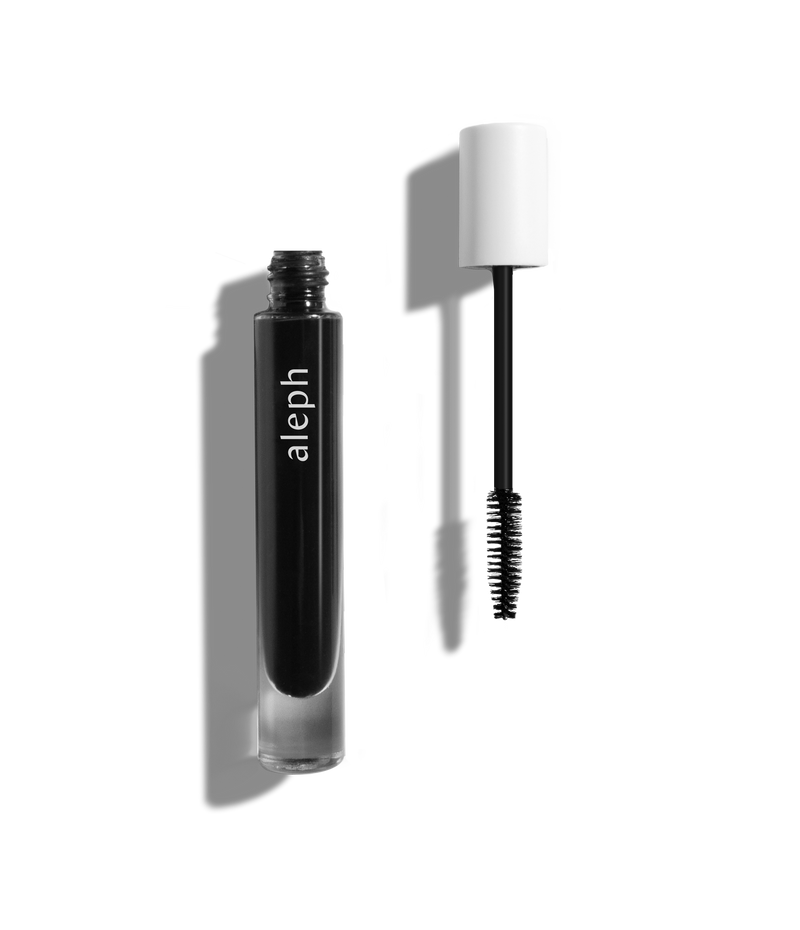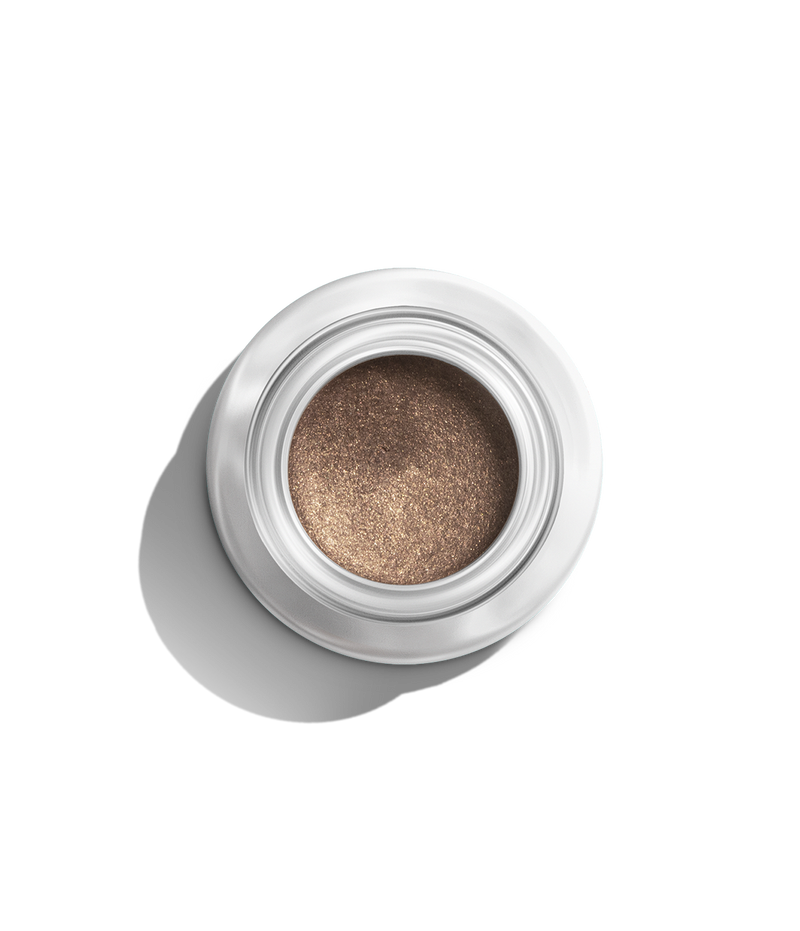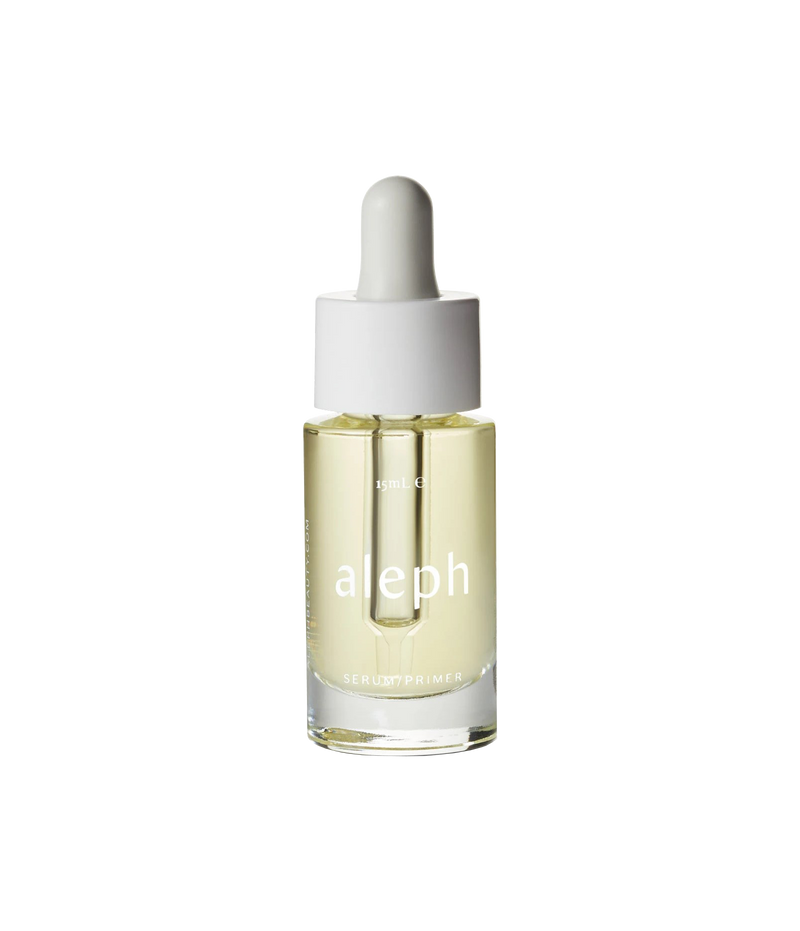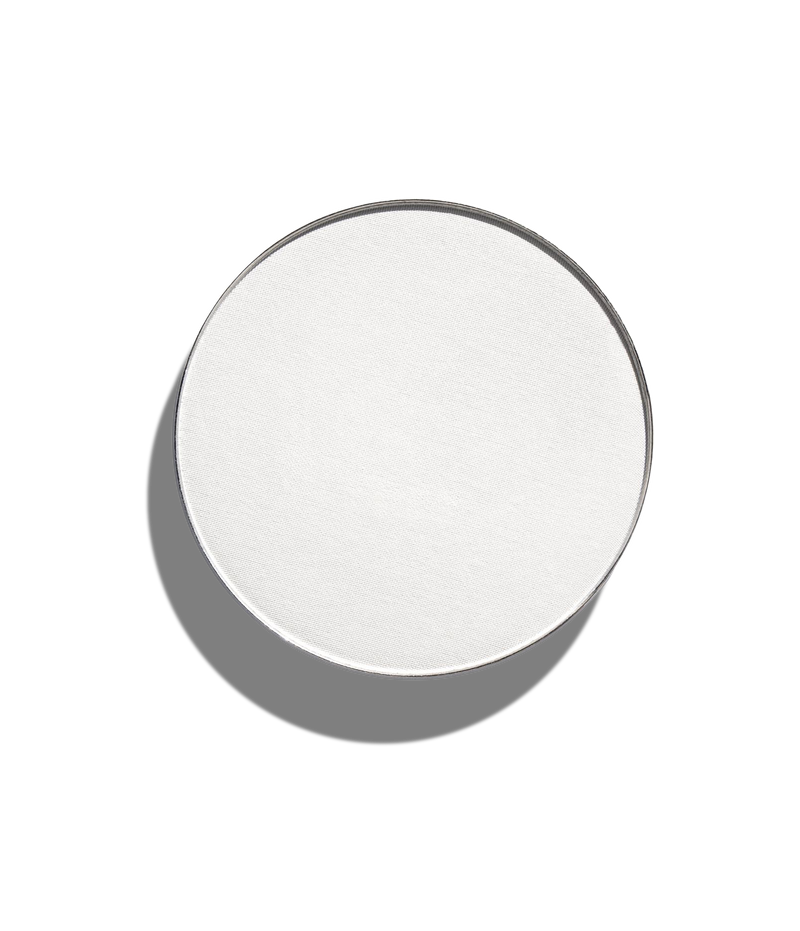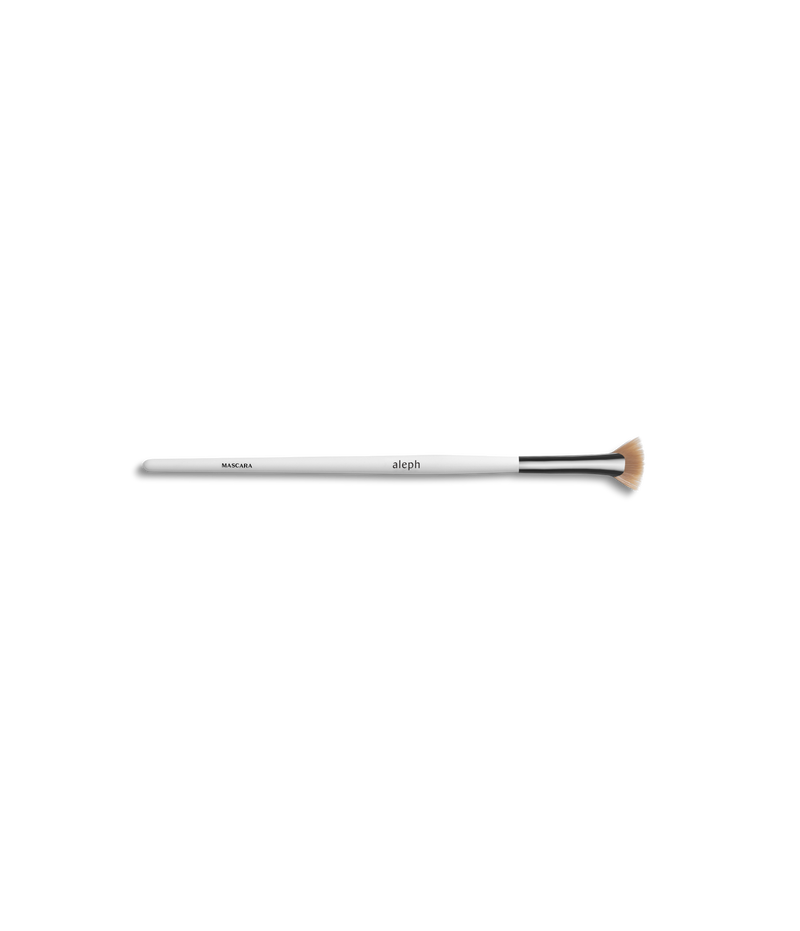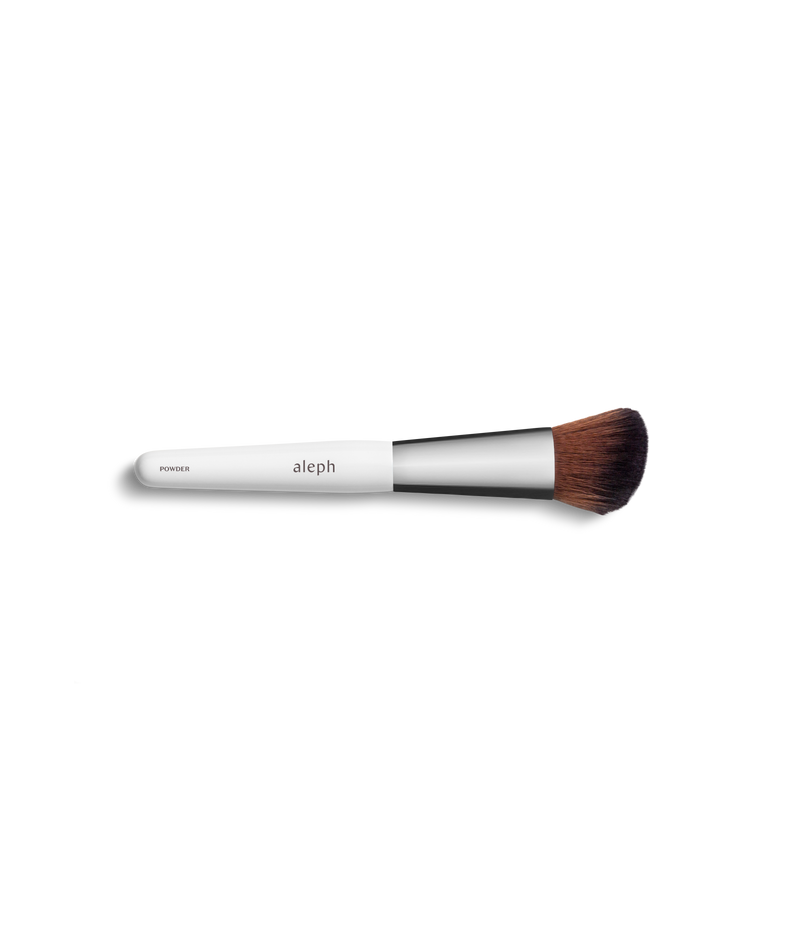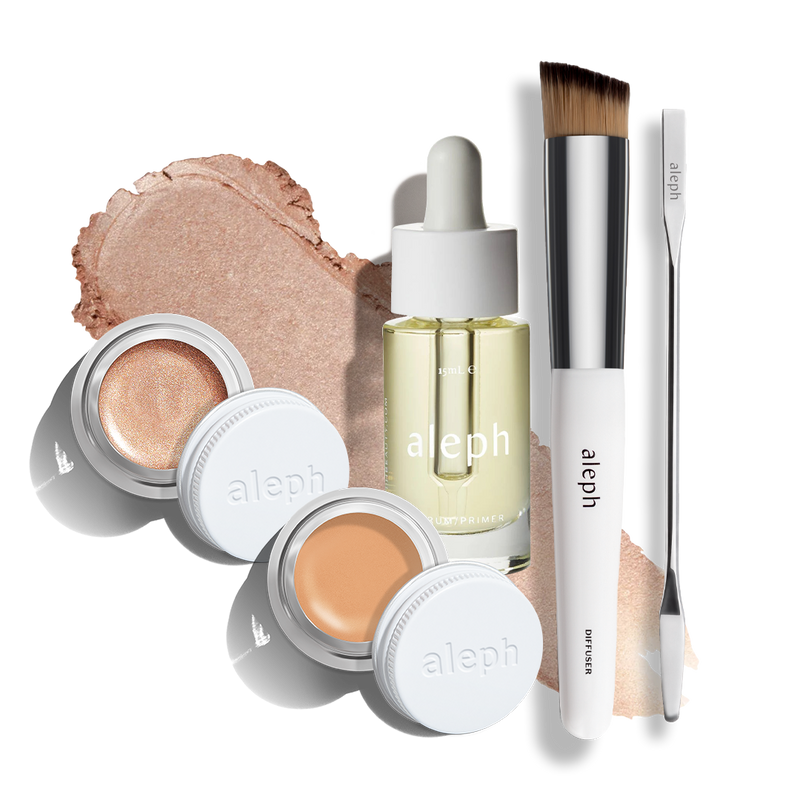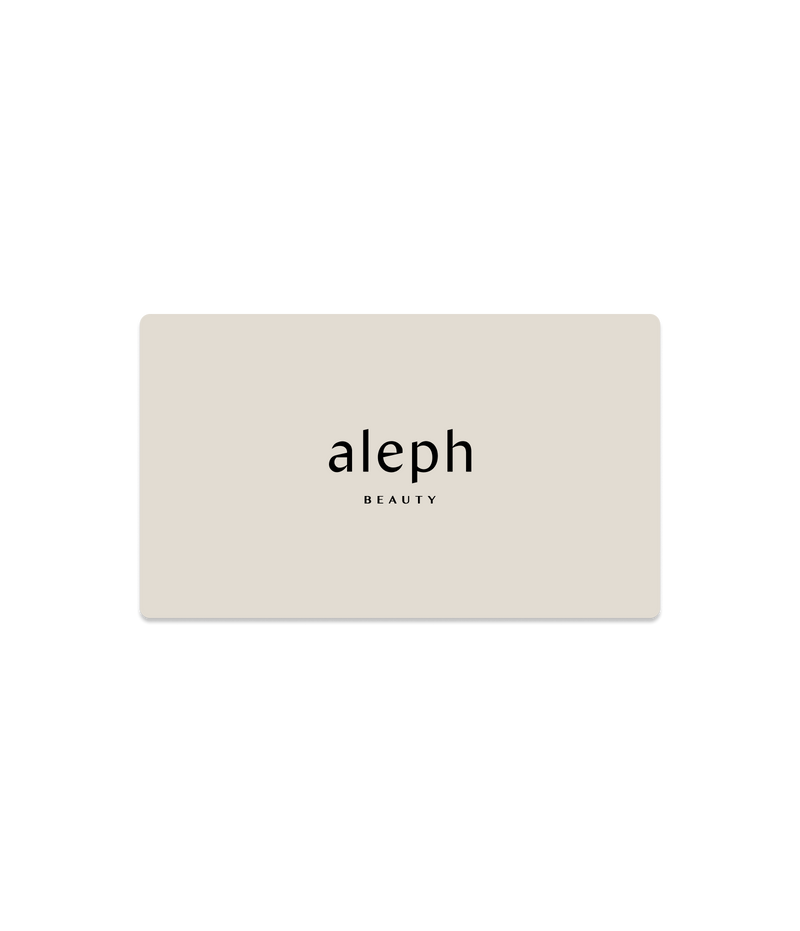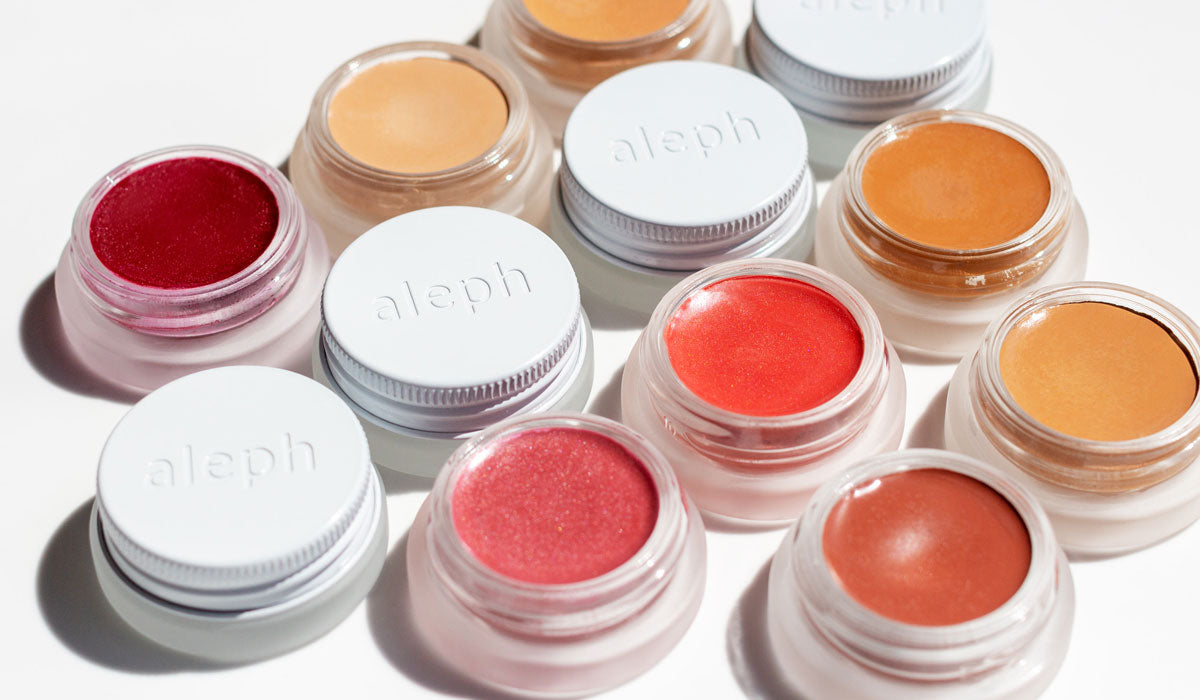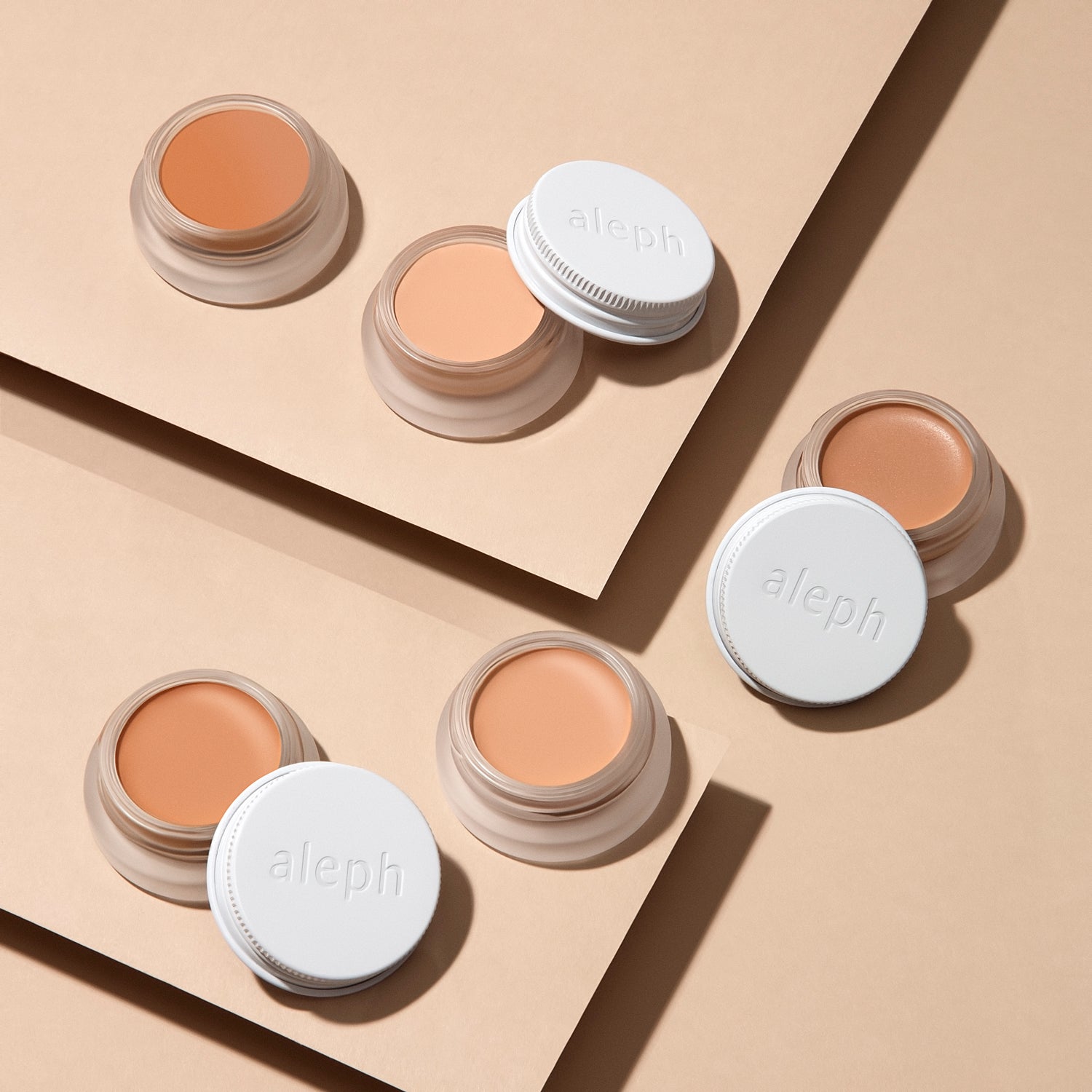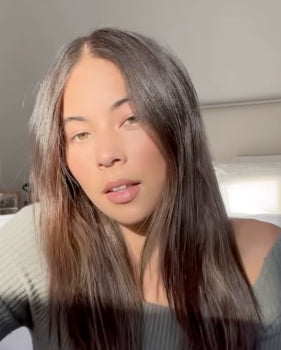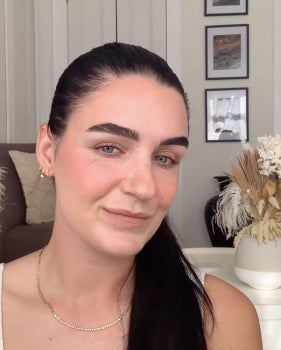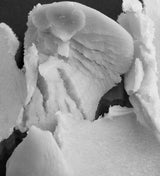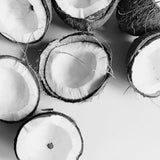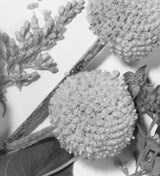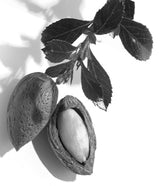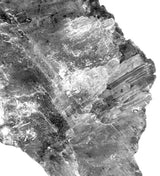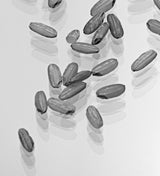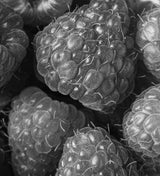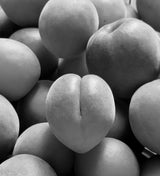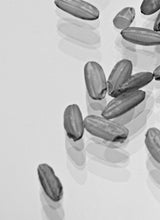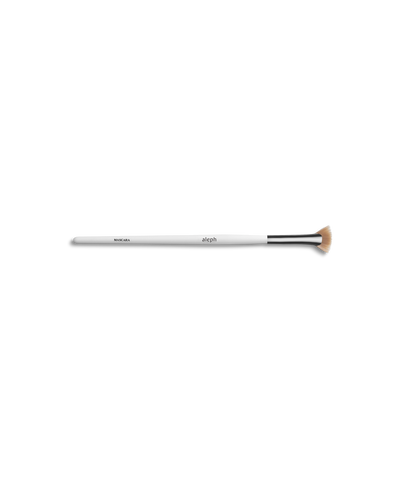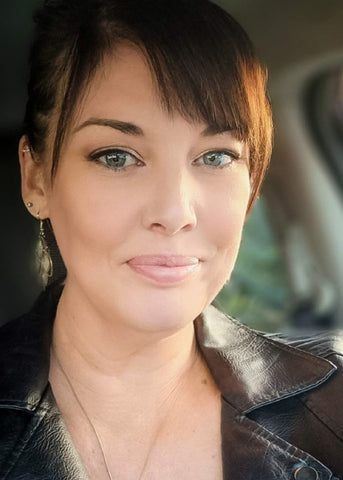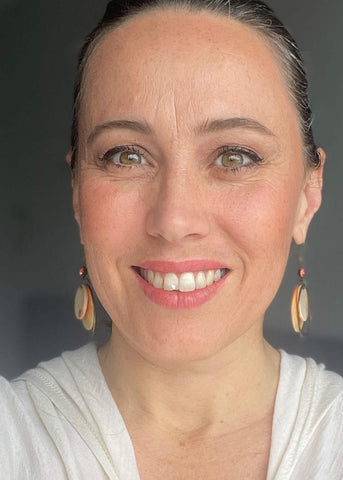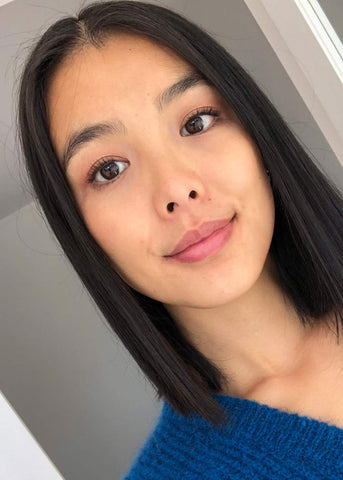Picture a world without plastic. It’s hard to imagine, isn’t it?
Plastic has only been around since 1907, and yet it’s become the go-to material for just about everything. From our bags to straws to wipes and diapers, it’s now harder than ever to escape using plastic - which does not bode well for our planet.
What is Plastic Free July?
The war against single-use plastic goes on every day, but July is special. During this month, people around the world take part in Plastic Free July; a global challenge to reduce the amount of personal plastic consumption. It began as a small movement in Australia in 2001 and has since exploded into a worldwide movement, encompassing over 100 different cities and millions of eager participants every year.
We know, the prospect of ditching plastic for an ENTIRE month can seem intimidating. It’s everywhere! But this challenge isn’t about completely ridding plastic from your life (although that’s an admirable goal), it’s actually about raising awareness in your own life and rethinking how you use single-use items every day. You can sign up for a day, a week, or the whole month - It’s really up to you. If this challenge can help open your eyes to the plastic pollution epidemic just a bit more, you can call it a success.
The dangers of plastic

Plastic is designed to last a lifetime, yet every day we use it for disposable items that are quickly thrown away without a second thought. And plastic isn’t biodegradable, which means every piece of plastic ever made still exists somewhere on earth. It either sits in a landfill emitting methane, is recycled into new plastic (occasionally) or is broken down into microplastics when left in the environment, like the ocean.
In fact, it’s estimated that 8 million tonnes enter our oceans per year, where it comes into contact with wildlife. As it turns out, more than 1,200 species are affected by plastic, either through ingestion or entanglement - both of which can have fatal consequences.
Unfortunately, avoiding plastic is harder than you’d think. Between our lunch boxes, coffee cups, cutlery and grocery bags (and that’s just the beginning), plastic permeates so many areas of our lives. Where does one even start?
Transitioning to a plastic-free lifestyle won’t happen overnight, but these helpful tips will at least guide you in the right direction and help you slowly change your plastic habits!
1. Tackle the big four

According to Plastic Free July, a great place to begin is with the big four; plastic bags, straws, bottles and coffee cups. These changes are all much easier than you think and they make going plastic-free a little less daunting! It’s just a matter of replacing your existing habits with fresh ones. We believe the key lies in preparation - make it part of your daily routine to pack a tote bag with a reusable water bottle, coffee cup and straw. This way, you can stop by your local coffee drive-through without that extra shot of guilt!
2. Take a peek at your trash
Okay, this might sound weird but hear us out. Once you’ve mastered the big four, the next step in your zero-waste journey is investigating your rubbish bin. Yeah, literally! Next time your bins are full, sit down, get comfortable and take a good look through the remnants.
What do you see? Old takeout containers and cutlery? Bring your own containers to restaurants for leftovers and pack a set of bamboo utensils. Lots of plastic baggies and plastic wrap? Try a reusable option like beeswax or glass containers with lids. Baby diapers and wipes? Think about using cloth diapers and reusable wipes. The insides of your trash will reveal many creative solutions.
3. Go further than single-use

Now that your plastic-free game is gaining strength, take things a step further and consider other items you frequently buy that come packaged in plastic. While New Zealand supermarkets have banned plastic bags (which is awesome), they’re sadly still overflowing with plastic packaged items. For example, toothpaste, dishwashing liquid, body lotions, tomato sauce and more. But don’t fret, there’s an eco-friendly fix for everything!
Interestingly, one of the best ways to reduce your plastic use is in the upstream (the plastic you don’t see) is by eating less fish. According to a study by Scientific Reports, fishing nets account for at least 46% ocean plastic in the Great Pacific Garbage Patch, with most of the remainder consisting of other fishing paraphernalia like oyster spacers. So by eating less fish, you’re lowering your environmental impact - and your contribution to ocean plastic.
4. It takes two
On Plastic Free July’s official site, they talk about going further than just yourself. They encourage all participants to spend time reducing plastic in their communities - whether that’s at your work, school, yoga class or anywhere else you frequent often. Because while sipping your morning fix from a reusable mug is great, having your office’s kitchen stocked with mugs so that all your coworkers can slurp responsibly is even better.
5. Spread the news

Whether it’s your kids, boss or barista, start talking to people about Plastic Free July. You might need to break out of your comfort zone but keep a positive attitude and don’t be afraid to share your plastic-free solutions! You can also get talking on social media (search the hashtag #PlasticFreeJuly) and find more inspiration to help you remain motivated during your zero-waste journey. To learn more about the global movement, look here: https://www.plasticfreejuly.org/.

 BACK
BACK